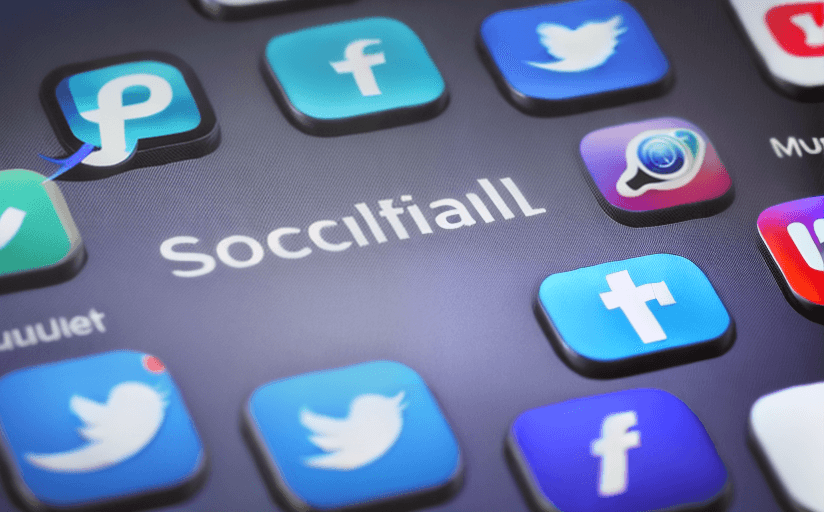The Positive and Negative Impacts of Social Media on Education
Social media has become an integral part of our lives, and its influence on education is undeniable. While it has opened up opportunities for students to learn, interact with educators, and access resources, it has also become a source of distraction and disruption in the classroom. In this article, we will discuss the positive and negative impacts of social media on education, analyze how it has changed the way students learn, interact with educators, and access resources, examine how it can be used as an educational tool, and look at the challenges it presents.
The Positive Impacts of Social Media on Education
- Social media has made it easier for students to access resources. Students can use social media to find and share resources, such as online lectures, articles, and study materials. This can help students stay up to date with the latest developments in their field of study.
- Social media has also made it easier for students to interact with their teachers and peers. Students can use social media to ask questions, seek advice, and share their work with others. This can help students collaborate more easily and stay engaged.
- Social media can also be used as an educational tool. Educators can use social media to create and share engaging content, such as videos, quizzes, and polls. This can help students stay motivated and interested in their studies.
The Negative Impacts of Social Media on Education
- Social media can be a source of distraction and disruption in the classroom. Students can be easily distracted by notifications and messages, which can lead to lower grades and poor performance.
- Social media can also be a source of cyberbullying. Students can be subjected to cyberbullying by their peers, which can lead to psychological distress and even depression.
- Social media can also lead to a decrease in face-to-face interactions. Students can become too reliant on technology, which can lead to a decrease in communication and social skills.
Conclusion
Social media has undoubtedly changed the way students learn, interact with educators, and access resources. While it has opened up opportunities for students to stay up to date with the latest developments in their field of study and collaborate more easily, it has also become a source of distraction and disruption in the classroom. Educators should be aware of the potential risks and challenges of using social media in the classroom and should take steps to ensure that students are using it responsibly.


















Comments
Leave a Comment